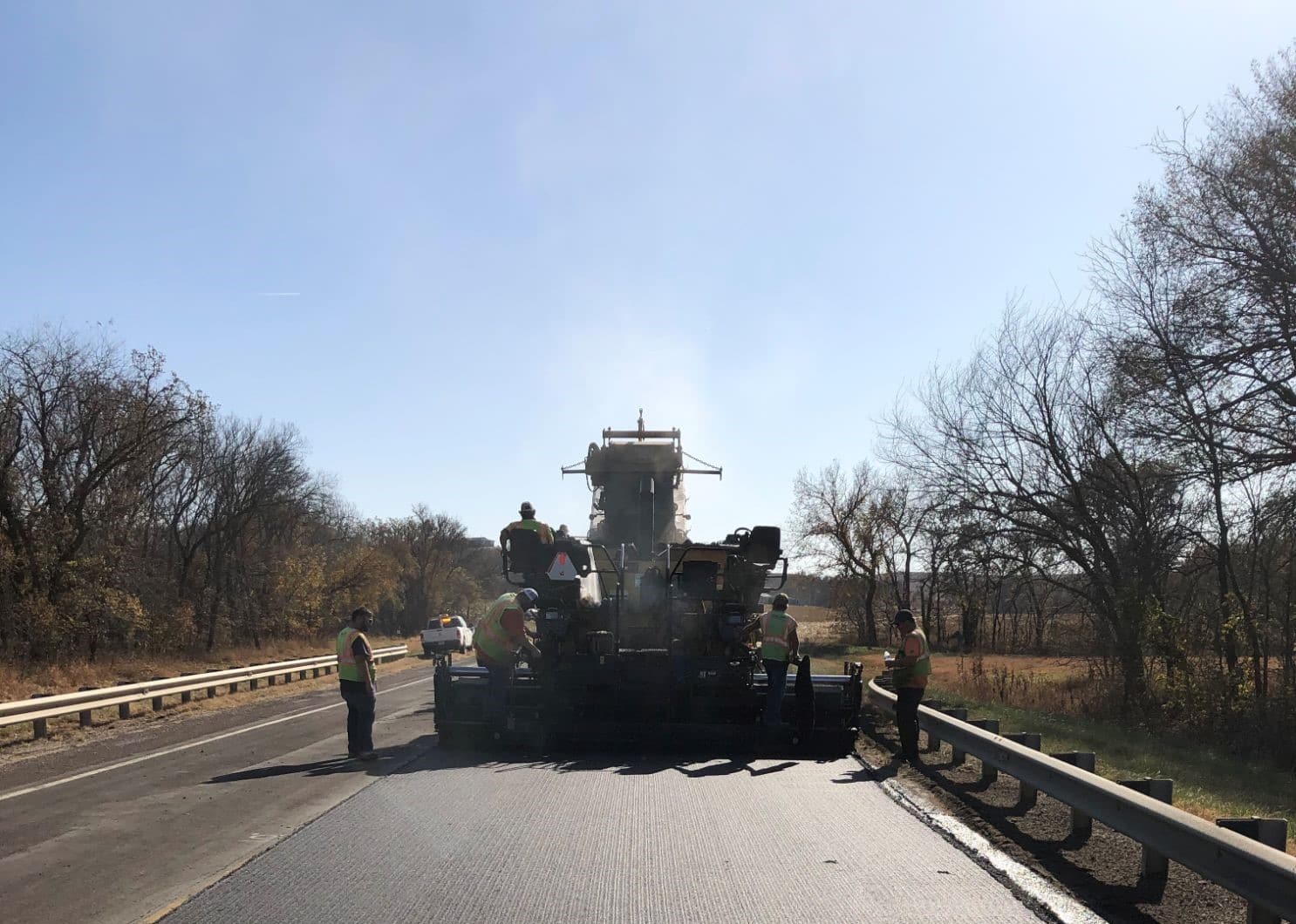
A couple weeks ago, we looked at six best practices for cool-weather paving success. Let’s drill down to look at protecting the mat specifically when ambient temperatures are less than ideal, but you’ve got a project to finish before the snow flies.
If your paving crew wishes to warm the paver by stopping once a portion of the mat is placed (the goal being to let all components gain heat from the hot mix), watch the screed carefully. It will settle when not in motion. If you sit for longer than seven or eight minutes, you risk creating an indentation in the mat. Instead, stay alert.
- Step One: The general rule of thumb is to charge the hopper from the second truck—second load—that’s arrived onsite. It will likely be a few degrees hotter than the first load, which sat in the silo cone awaiting loadout.
- Step Two: Pave forward the length of the paver and stop.
- Step Three: Set your timer for no more than five minutes to be sure you don’t sit too long.
- Step Four: After four or five minutes of warming up, the paver is ready to go.
Forge ahead at 20 to 25 feet per minute, following your best paving practices.
Subscribe now to receive tips like this to your inbox each week!